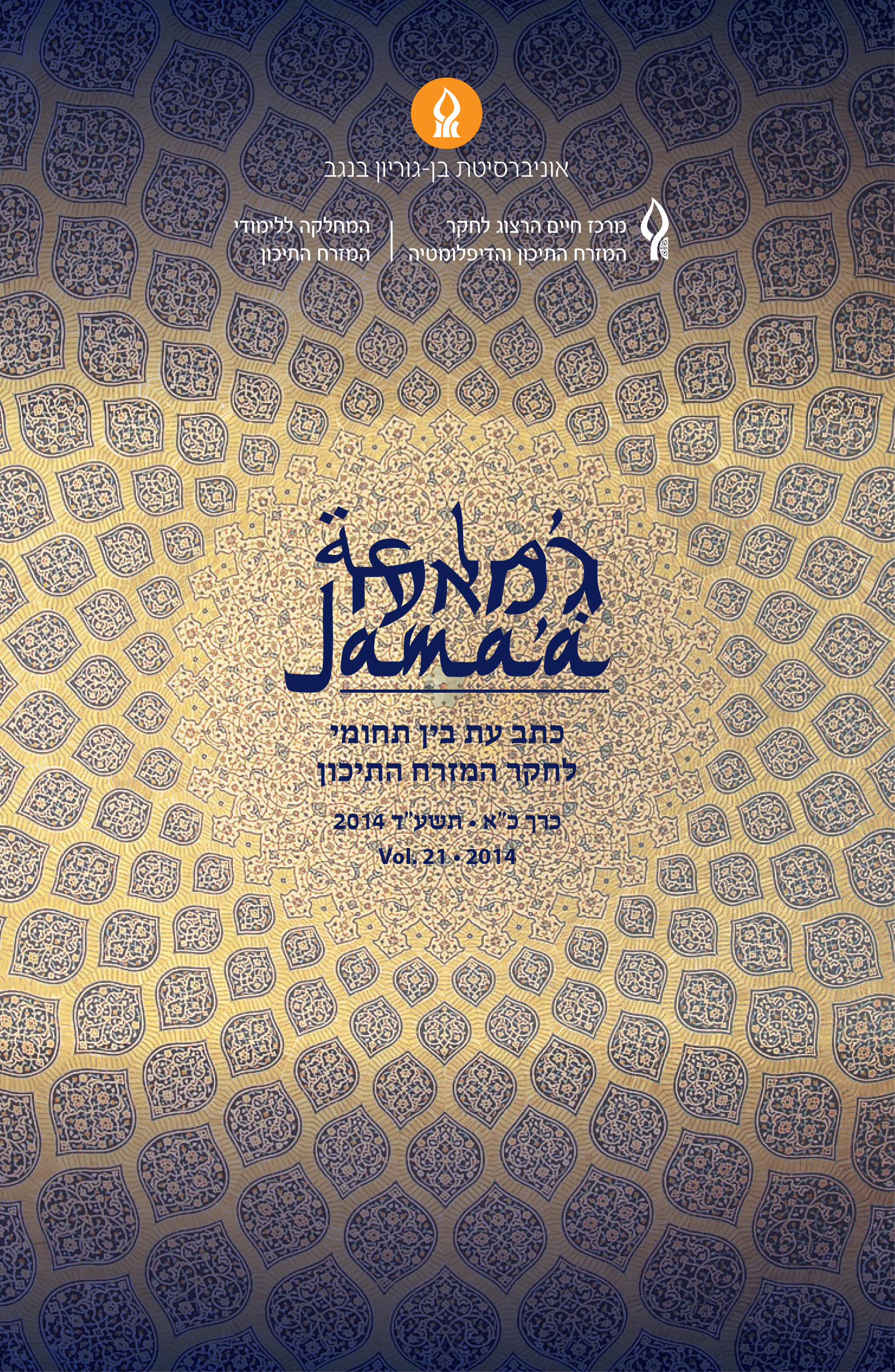Wife, Husband, and Two Children
Family planning Policies in Tunisia and Iran
DOI:
https://doi.org/10.64166/2tcdjk85Abstract
In the mid 1960's average Tunisian and Iranian families had about seven children. Realizing demographic growth slowed down development, both countries’ leaders launched a “family planning policy” in an effort to decrease fertility rates.
Dubinsky examines family planning policy in Tunisia and Iran from the ‘mid 1960's until the first decade of the twenty first century. Figures prove ‘both plans a success, an average Tunisian family today has about two children, while an Iranian family has even less.
In practice, there was very little difference between both plans. “Secular” Tunisia and the revolutionary “Islamic” Iran took similar action to face the same problem.
Both governments, however, made an effort to show their plan confirms ‘each country’s ruling party's ideology. The Tunisian government emphasized ‘women’s rights, national identity, and modernization process, and the Iranian leaders, especially after the 1979 revolution, stressed the plan’s religious legitimization.
References
Downloads
Published
Issue
Section
License
Copyright (c) 2014 Jama'a: an Interdisciplinary Journal of Middle East Studies

This work is licensed under a Creative Commons Attribution-NonCommercial 4.0 International License.





